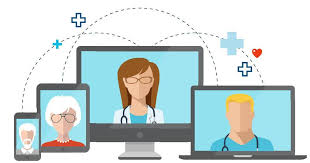COVID-19 has brought to light the need to rethink and innovate healthcare models. Telemedicine provides remote assistance, especially for chronic patients, those who need constant monitoring of their state of health, and those who receive specific indications from their doctor.
In this context, Information and Communication Technologies (ICTs) have great potential to support a change in healthcare management. Various applications of telemedicine have played a significant role during the global pandemic and many projects were born during these last months. Many doctors have stated that telemedicine has been a key factor during COVID-19.

Since 2019, the use of telemedicine solutions increased by 10%. Even before the global pandemic, this has been a sign that this field is already growing; the pandemic accelerated this trend even further.
In this particular period, all of the decision-makers understand that the delivery of remote care and telemedicine are important. We must take major steps toward a complete revision of care models and assistance enabled by a digital mindset. In a connected care model, the citizen and patient will have the option to choose how to access medical services in an omni-channel perspective.

This will be the challenge for the coming years: to make telemedicine “become the core methodology of healthcare delivery…That is where we are going to get the efficiencies we need to provide affordable care” (Yulun Wang, President of the American Telemedicine Association).
Telemedicine is the new normal:



